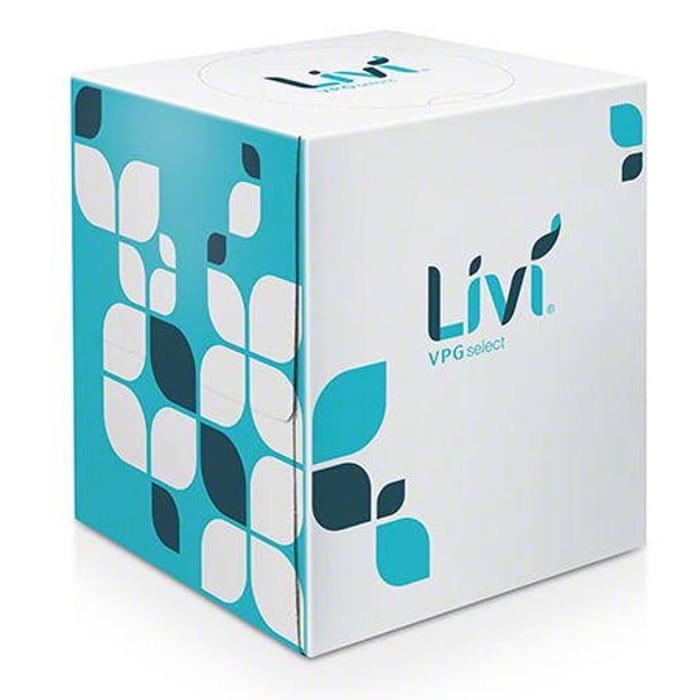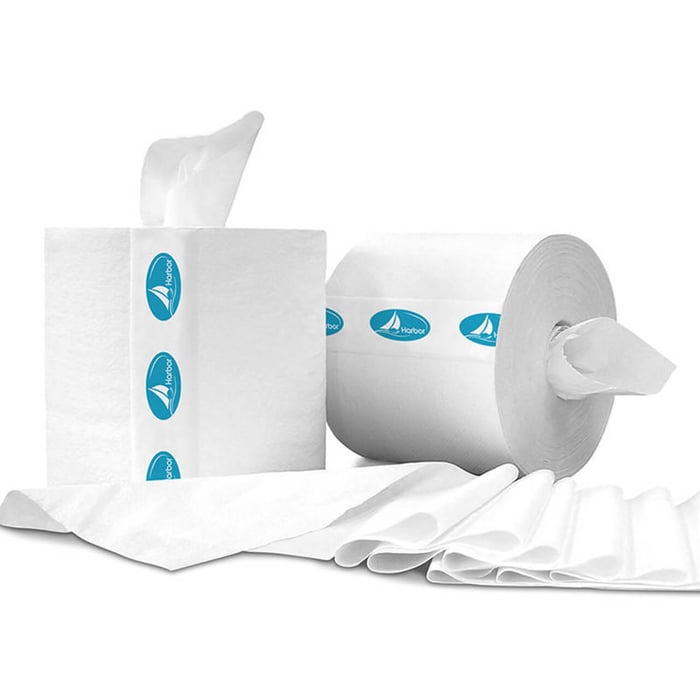Ironing boards are essential household tools that make the task of ironing clothes much more manageable. Whether you're new to ironing or looking to upgrade your current setup, knowing where to buy ironing boards and how to use them efficiently can be helpful. In this blog post, we'll explore where to purchase ironing boards and provide tips on their usage. Additionally, we'll delve into the history of the ironing board and how to properly close it for storage.
Where to Buy Ironing Boards
One of the trusted sources for purchasing ironing boards is here at Direct Textile Store (directtextilestore.com). We offer a range of ironing boards suitable for both home and commercial use. When choosing an ironing board, consider factors such as size, stability, and additional features like adjustable height settings.
Here are a few essential tips on selecting the right ironing board:
1. Size: Choose an ironing board that suits your space and ironing needs. Standard ironing boards come in various sizes, including full-size and tabletop options.
2. Stability: Look for ironing boards with sturdy legs and a stable frame to prevent wobbling during use. A stable ironing board ensures smoother ironing.
3. Adjustable Height: If multiple people will be using the ironing board, opt for one with adjustable height settings to accommodate different users comfortably.
4. Cover Quality: Consider the quality of the ironing board cover. It should be durable, heat-resistant, and easy to replace when needed.
How to Use an Ironing Board
Using an ironing board effectively can help you achieve wrinkle-free and professionally pressed clothing. Here's a step-by-step guide:
1. Set Up: Place the ironing board on a flat and stable surface. Make sure it's at a comfortable height for you to work without straining your back.
2. Prepare the Garment: Ensure the garment you want to iron is clean and dry. If needed, fill the iron's water reservoir and set it to the appropriate temperature for the fabric.
3. Secure the Board: Lock the ironing board legs in place to prevent wobbling. Adjust the height if necessary.
4. Cover the Board: Place the ironing board cover over the board, ensuring it's taut and secure.
5. Begin Ironing: Start with the garment's collar or smaller sections before moving on to larger areas. Glide the iron smoothly over the fabric, pressing out wrinkles as you go.
6. Fold as Needed: When ironing shirts, blouses, or pants, fold them appropriately to access different sections easily. Use the pointed end of the ironing board for sleeves and trouser creases.
7. Hang or Fold: Once you've finished ironing a garment, hang it up or fold it immediately to prevent new wrinkles from forming.
Who Invented the Ironing Board?
The modern ironing board, as we know it today, has a fascinating history. The invention of the ironing board is attributed to Sarah Boone, an African American woman, who received a patent for her design in 1892. Her innovative design featured a narrow, curved shape that allowed for easier ironing of women's garments, particularly dresses with ruffled sleeves and bodices.
Boone's design was a significant improvement over earlier iterations, which consisted of simple wooden boards. Her patented design made ironing more efficient and practical for a broader range of clothing items.
How to Close an Ironing Board
Closing an ironing board properly is essential for safe storage and preventing damage. Here's a simple guide to closing an ironing board:
1. Unplug the Iron: Before closing the ironing board, ensure that the iron is unplugged and has cooled down.
2. Release the Lock: Most ironing boards have a locking mechanism that keeps them in an open position. Locate the lock release lever or button, typically near the ironing board's legs.
3. Fold the Board: While holding the lock release, gently fold the ironing board in half. Be cautious not to pinch your fingers during the process.
4. Secure the Legs: Ensure that the ironing board legs are securely folded in and locked in place.
5. Store Properly: Store the folded ironing board in a safe and dry location, such as a closet or utility room.
In conclusion, knowing where to buy ironing boards and how to use them efficiently can simplify your ironing routine. Consider factors like size, stability, and adjustability when selecting an ironing board. The history of the ironing board highlights the innovation of individuals like Sarah Boone, who improved this household essential. When closing an ironing board, follow the steps carefully to ensure safe storage and prevent damage.
About the Author
Haley Bridges, Marketing Assistant at Direct Textile Store
Haley Bridges has served as Marketing Assistant at Direct Textile Store, where she specializes in hospitality linens, uniforms, and bulk textile solutions. She works closely with hotels, restaurants, and healthcare facilities to match them with durable, high-quality products that balance both performance and value. Haley's expertise in textile sourcing and merchandising strategy helps businesses make confident purchasing decisions while staying ahead of industry trends.




